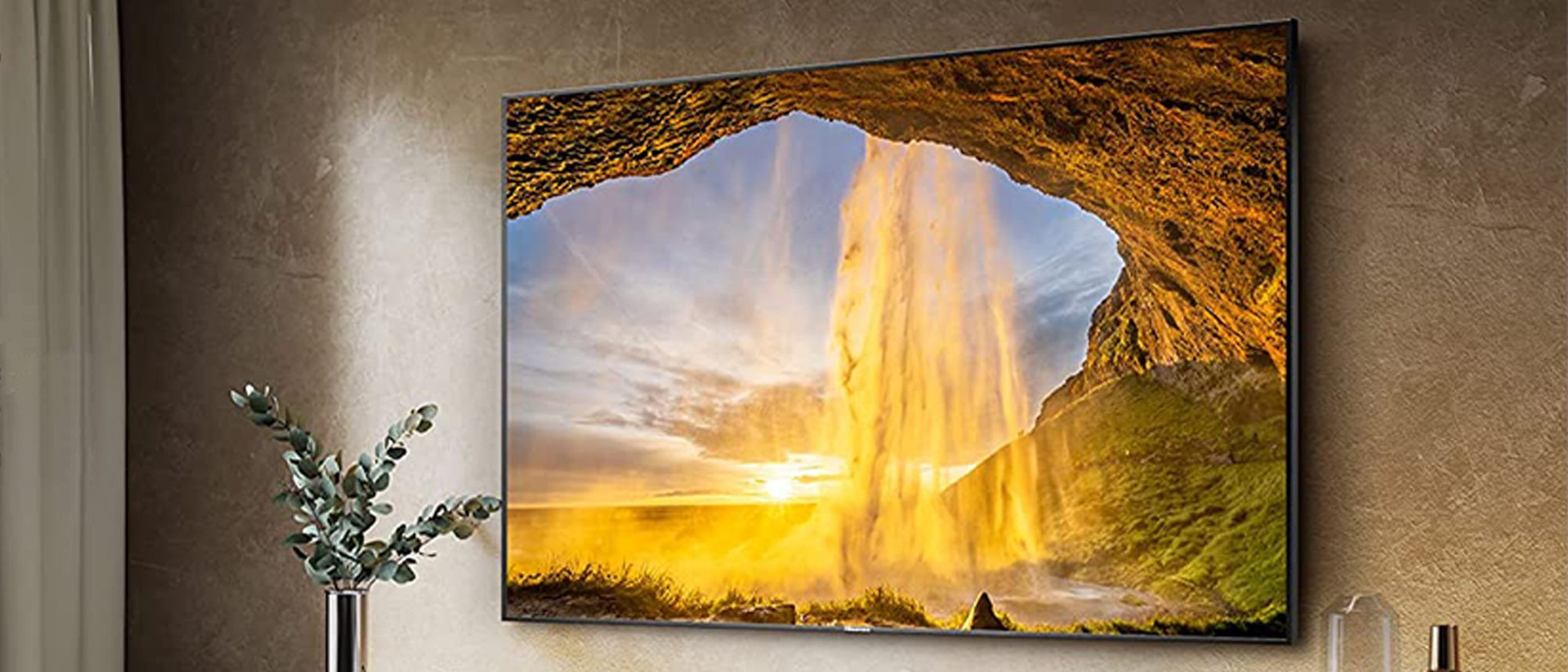Tom's Guide Verdict
We loved the Hisense U7H. It was able to deliver an excellent all-around image quality in its price range, and while the HDR highlights aren’t going to stun as much as some options, the U7H is a better complete package. That’s not to mention the HDMI 2.1 ports for gaming, and smart, easy-to-use Google TV operating system.
Pros
- +
Excellently bright
- +
Google TV is quick
- +
Good selection of gaming features
- +
Inexpensive
Cons
- -
Audio is only fine
- -
Only two HDMI 2.1 ports and one is eARC
Why you can trust Tom's Guide
The Hisense U8H has been making headlines for getting Mini LED backlighting and combining that with Hisense’s take on QLED tech, resulting in what many consider to be the best TV under $1,000. Having used it personally, I agree with that assessment. But what if the U8H is a little too rich for your blood. Well, Hisense wants you to turn to the step down from the U8H — with the Hisense U7H.
The Hisense U7H may not have Mini LED backlighting, but it does offer a QLED panel, and the ever-improving Google TV operating system. And, for the most part, it succeeds in delivering an impressive low-cost QLED TV-watching experience — but there are a few caveats to keep in mind.
Hisense U7H review: Pricing and configurations
The Hisense U7H is available in four different sizes, ranging from 55 inches to a massive 85 inches. For the most part, these models offer the same specifications, including the number of ports and the types of ports. The main difference in specifications comes down to the number of dimming zones, however it makes sense that the larger the TV, the more dimming zones. The TV offers “up to 120 zones,” however the overall dimming performance is likely to be similar, if not the same.
Here’s a rundown of the pricing for the Hisense U7H, at list price. These prices are routinely heavily discounted, however.
- 55-inch Hisense U7H: $999.99
- 65-inch Hisense U7H: $1,199.99
- 75-inch Hisense U7H: $1,799.99
- 85-inch Hisense U7H: $2,499.99
Hisense U7H review: Design
The overall design of the Hisense U7H is nothing to write home about, but it’s still sleek and stylish enough to fit in most living rooms. Unfortunately, it doesn’t have the new legs on offer by the U8H, which I really liked, but the understated legs on the U7H still look decent, and can be installed in two different positions — closer to the center, or closer to the edge.
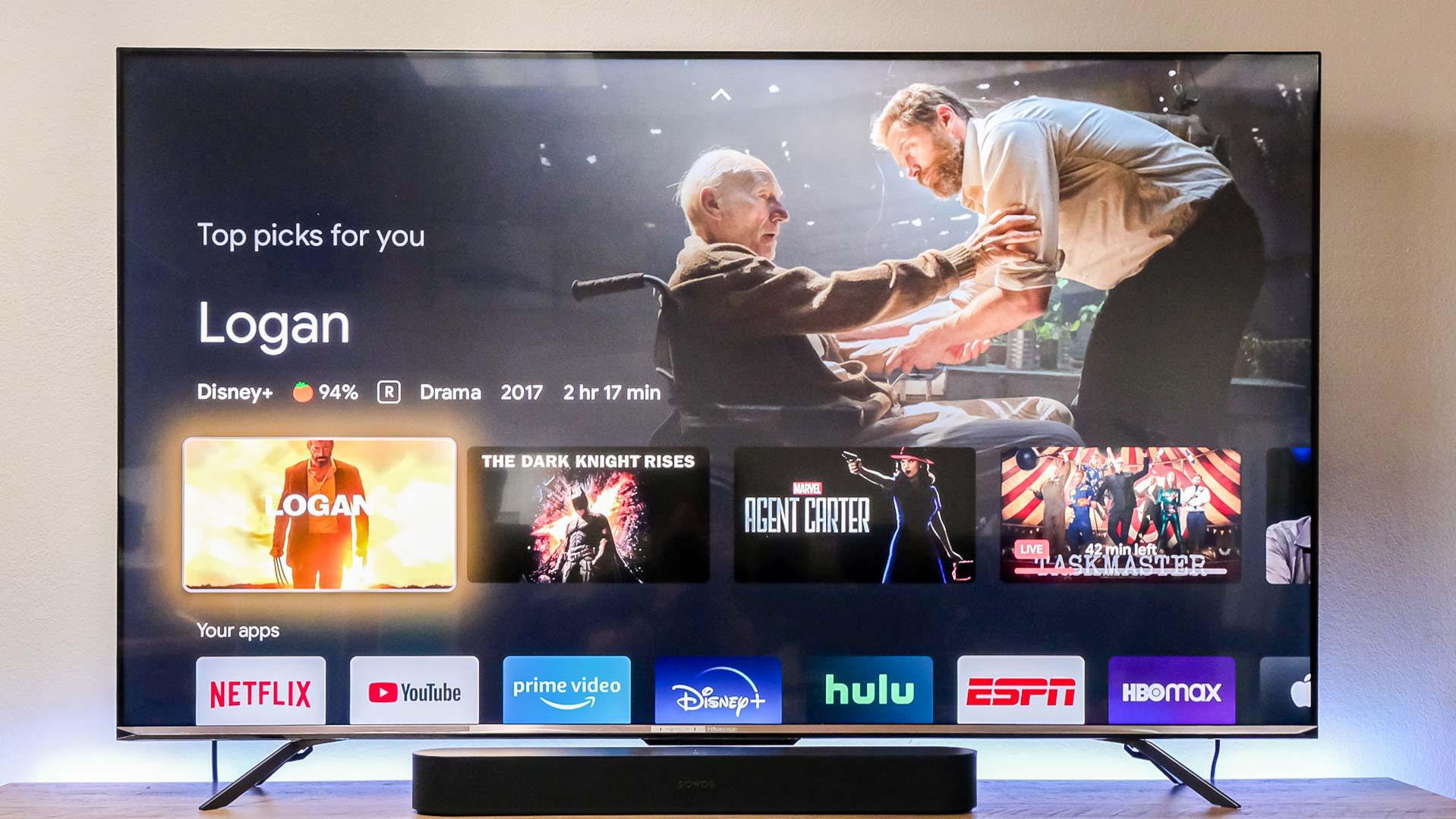
The bezels on the TV are relatively slim, with the bottom being the thickest. The TV itself is relatively slim too, though of course thicker towards the bottom. On a TV stand or mounted to the wall, it will look thin and stylish.
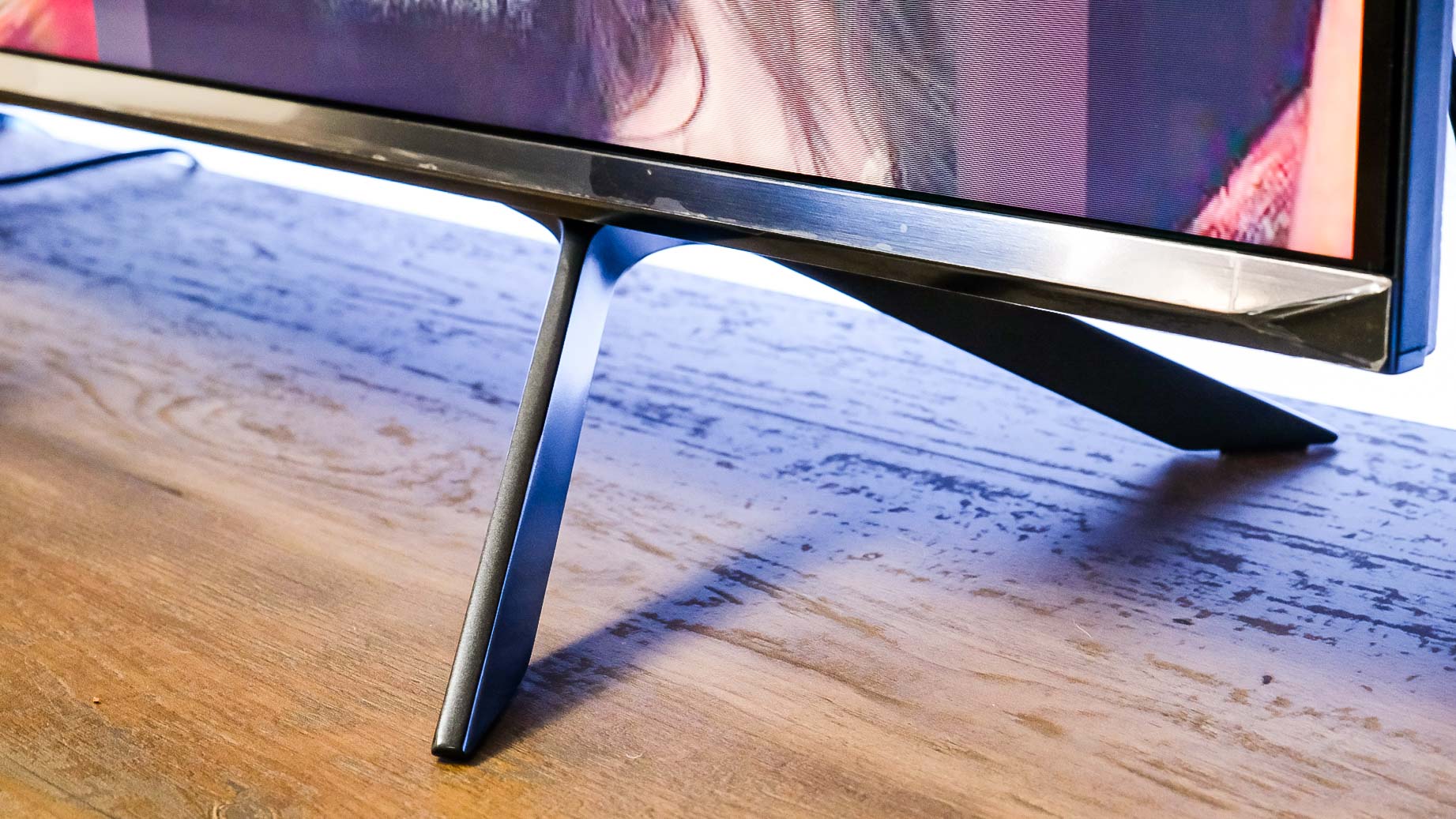
Also on the front is a microphone, microphone mute switch, and LED indicators for when Google Assistant is active. This means you can use Assistant hands-free, even when the TV display is off. It’s a handy feature.
Get instant access to breaking news, the hottest reviews, great deals and helpful tips.
Hisense U7H review: Ports
The port selection on the Hisense U7H is good. On the left side of the TV, you’ll find four HDMI ports. Two of those support HDMI 2.1, and one of those supports eARC. I hope manufacturers in this price range start making all ports HDMI 2.1 though — as it stands right now, if you’re a serious gamer with a PS5 and an Xbox Series X, you’ll have to give up on using a soundbar with eARC if you want the best performance. Admittedly, that’s a very niche scenario though. Also on the left can be found a USB port for power, and a headphone jack.
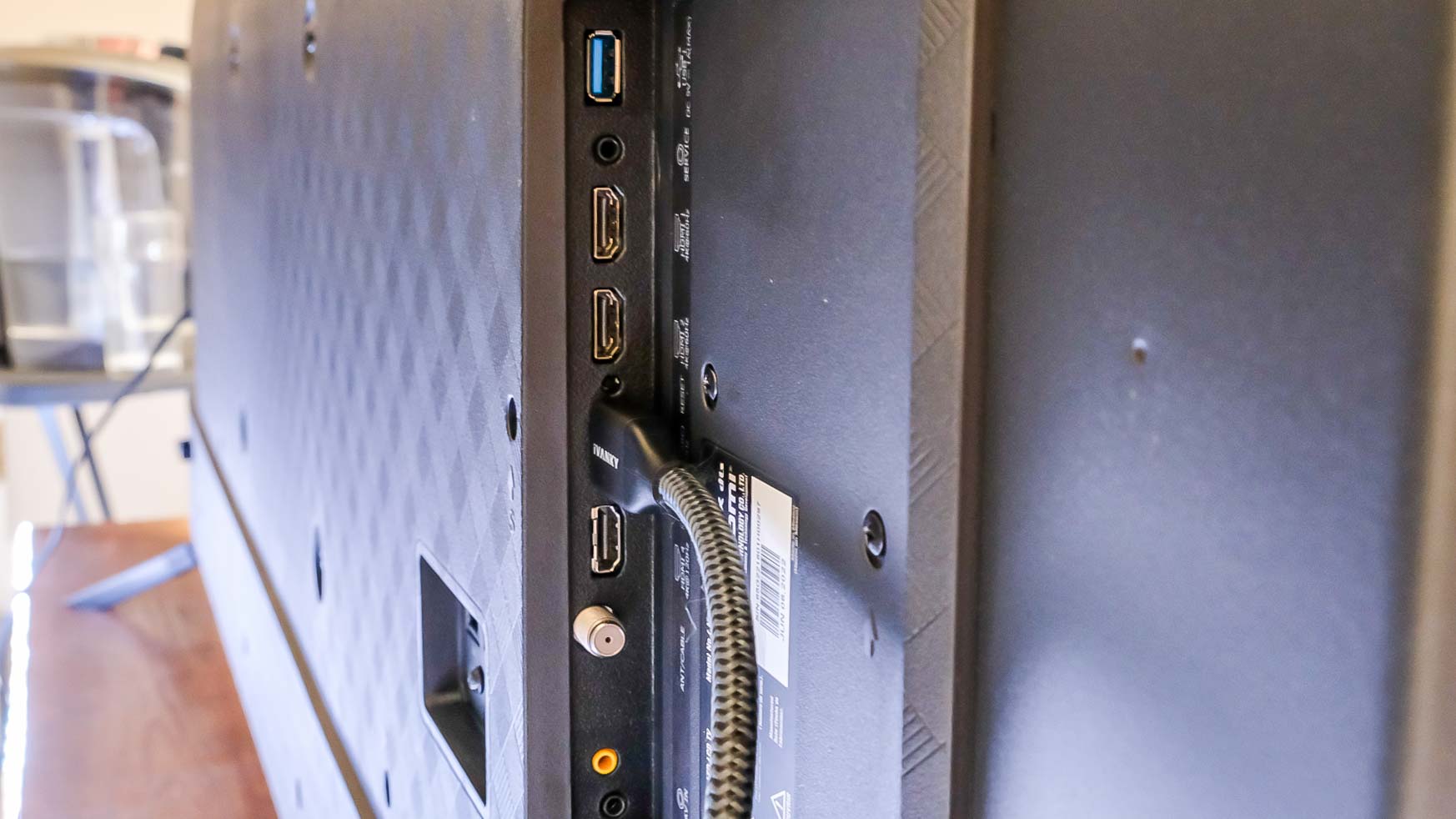
Nearby, but backward-facing, you’ll get an optical output, an Ethernet port for wired connectivity, and another USB port.
Generally, most rely on HDMI more than anything else these days, and four HDMI ports will do the job for the majority of users.
Hisense U7H review: Performance
The Hisense U7H may not have the Mini LED backlighting on offer by the higher-end U8H, but it gets so close to the same level of excellent image quality, that without a side-by-side test, it can be hard to tell. The TV excels at controlling its backlighting in a way that ensures you’ll never experience blooming to a level of being distracting — something that I was a little surprised to see given the lack of Mini LED.
That’s all despite offering a great level of brightness, both in day-to-day viewing and in our lab testing. In Filmmaker HDR mode (usually the mode built to be the most accurate), the TV delivered peak brightnesses that outshone much of the competition, though more so when more brightness was required for larger portions of the display. For example, it delivered a brightness of 614 nits at 100% of the display, beating the Samsung QN65 and TCL 6-Series Roku TV, but not quite reaching the heights of the 888-nit Hisense U8H.
It was pretty middle-of-the-road in terms of delivering brightness for smaller highlights in our lab testing, but in my usage, was still able to produce bright highlights that made for a contrast-heavy image. It delivered a brightness of 818 nits at 5% of the display, which beat the Vizio M-Series Quantum and LG C2 OLED, but didn’t get to the 939-nit brightness of the TCL 6-Series Roku TV and the ~1,655-nit brightness of the U8H and the Samsung QN65.
This generally makes sense given the lack of Mini LED backlighting in favor of larger dimming zones, but I was still impressed by the backlighting control on offer here. In SDR, it got exceedingly bright in Filmmaker mode at 686 nits, beating even the likes of the Sony X95K (422 nits) and the Samsung S95B (329 nits), both far more expensive than the U7H.
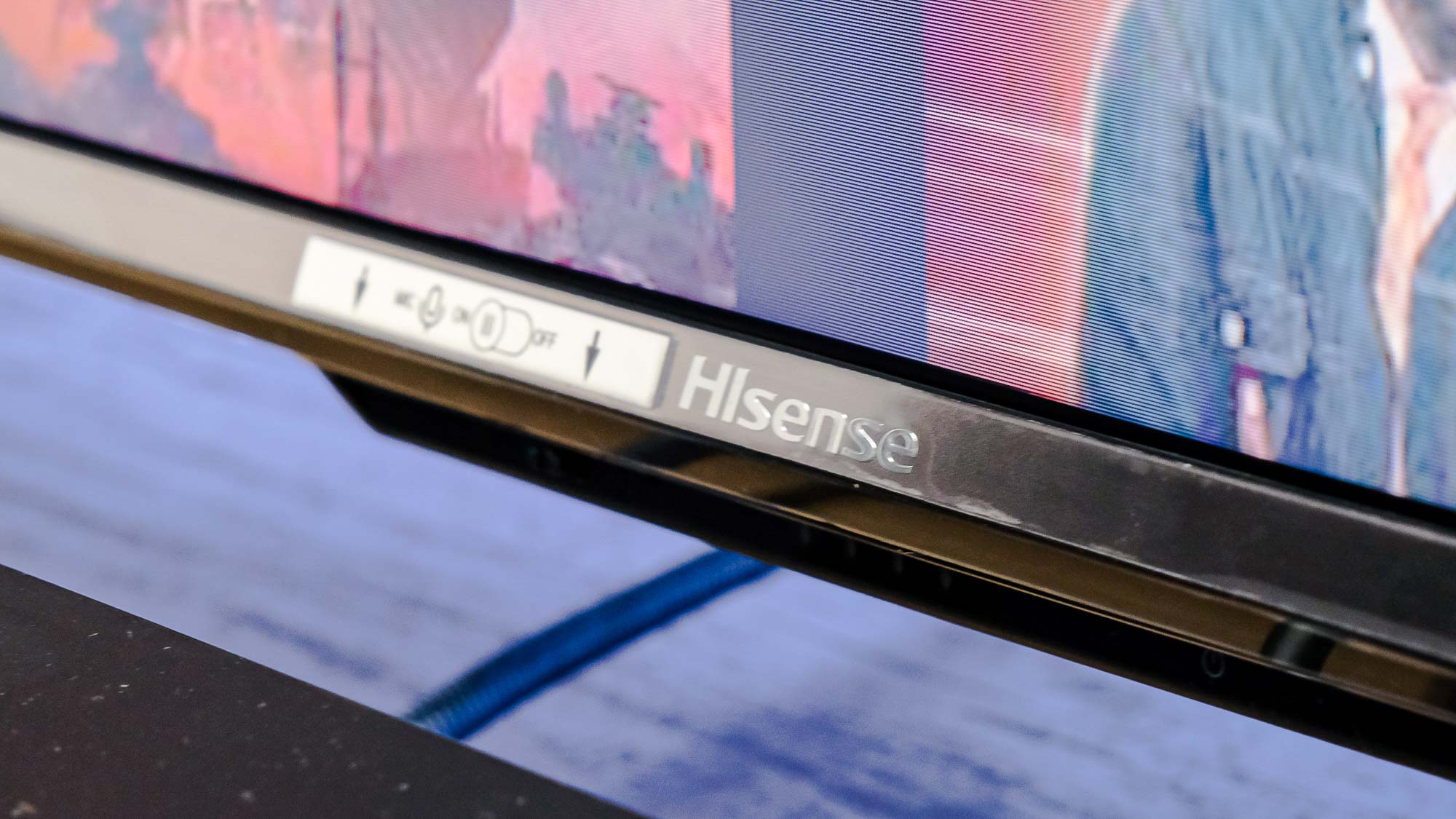
The TV doesn’t just get decently bright — it offers relatively accurate color reproduction for a TV in this price range. The TV didn’t quite match much more expensive TVs, like the Samsung QN90B, but it did match or beat most of the direct competition. While the Hisense U7H covered 99.84% of the Rec. 709 color gamut in standard mode, beating the Vizio M-Series Quantum’s 99.62%. In HDR, it covered 91.95% of the P3 color gamut, which may not sound that high but is actually quite impressive. That’s compared to the Vizio M-Series Quantum’s 91.07%. It’s a little lower than the TCL 6-Series’ 92.92%.
Numbers are one thing, but actually using the TV is another. In day-to-day use, the Hisense U7H delivered a vibrant and bright viewing experience in all situations. Whether watching in SDR or Dolby Vision, you’ll find colors to be stunning and detail to be high. Speaking of details, it’s able to upscaling lower-than-4K content pretty well too. 1080p content looked pretty darn close to 4K, and while 720p content didn’t quite get there, it was far from distracting.
The TV is being billed excellent for gaming. The fact that it has two HDMI 2.1 ports seems to confirm this, however note that it isn’t the lowest when it comes to input lag. Generally, it’s considered that a TV with less than 15ms of input lag is good enough for the majority of gaming situations, and the Hisense U7H just breezed under that at 14.6ms. Other gaming-focused features include VRR, ALLM, and Dolby Vision Gaming. I think gamers will be happy with what’s on offer here.
All this to say, the Hisense U7H is a killer TV in its price range. In specific metric, it can get beaten, but as a package, it’s much harder to beat. The real competition comes from Hisense’s other TVs — the U8H, which has a demonstrably better image, and the U6H, which is, of course, cheaper.
Hisense U7H review: Audio
Let’s get this out of the way. If you can afford a decent soundbar, like the Sonos Beam, it will seriously improve the listening experience of using this TV.
That said, the Hisense U7H actually delivers solid audio for built-in speakers on a TV in this price range. It offers more bass than you would expect, though still not enough to beat dedicated speakers or a soundbar. Like most built-in speakers, it’s somewhat mid-heavy – but not too much so.
Generally, it feels like Hisense is pushing the lows lower and the highs higher on its built-in speakers, and that’s a good thing. For now, though, you’ll still want external speakers.
Hisense U7H review: Google TV and smart features
Google TV has been getting better and better, and it’s now a well-rounded operating system that’s easy to navigate. Generally, I really like the way that Google TV presents rows of content from apps, allowing you to quickly and easily jump back into content that you’ve been watching. Recommendations are pretty good, too, which is always helpful.
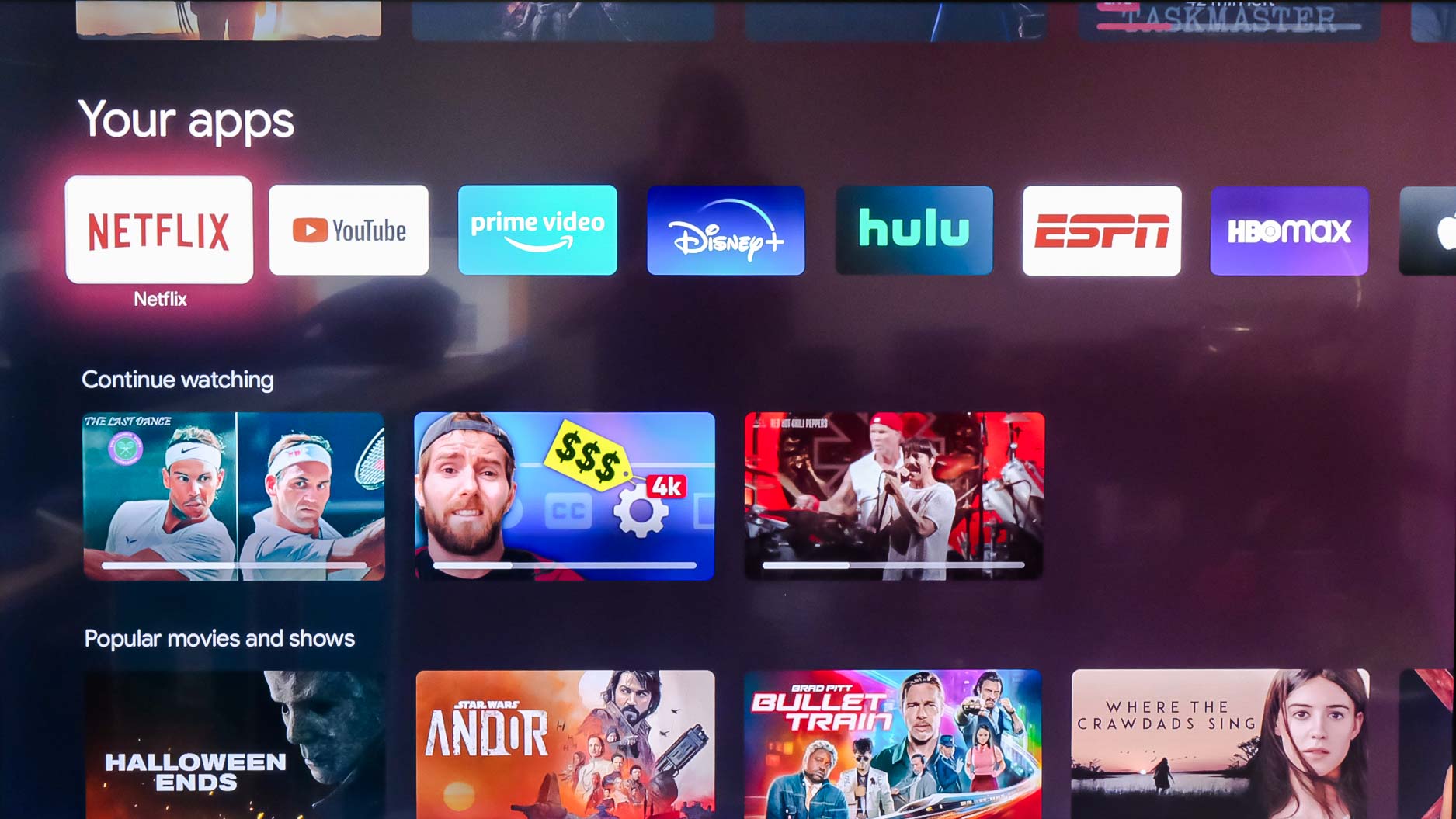
Of course, with a Google operating system comes a series of great smart features. First, the TV comes with Google Assistant built into it, which allows you to control certain aspects of the TV, control smart home devices, and find out information from the web. Google Assistant is available whether the TV is on or off, which is always handy. And, you can cast content from your phone or laptop, although considering the fact that Google TV supports all major streaming services, you may not need to.
Generally, Google TV is smart and well-rounded, especially for those in Google’s ecosystem, and who already use services like Google Assistant.
Hisense U7H review: Remote
The Hisense U7H comes with the same remote from the higher-end U8H. It largely offers a simplistic layout, and mostly focuses on offering software controls with some quick-access buttons for Netflix, Prime Video, YouTube, Disney+, Tubi, and Peacock. I would have preferred Hulu to Tubi.
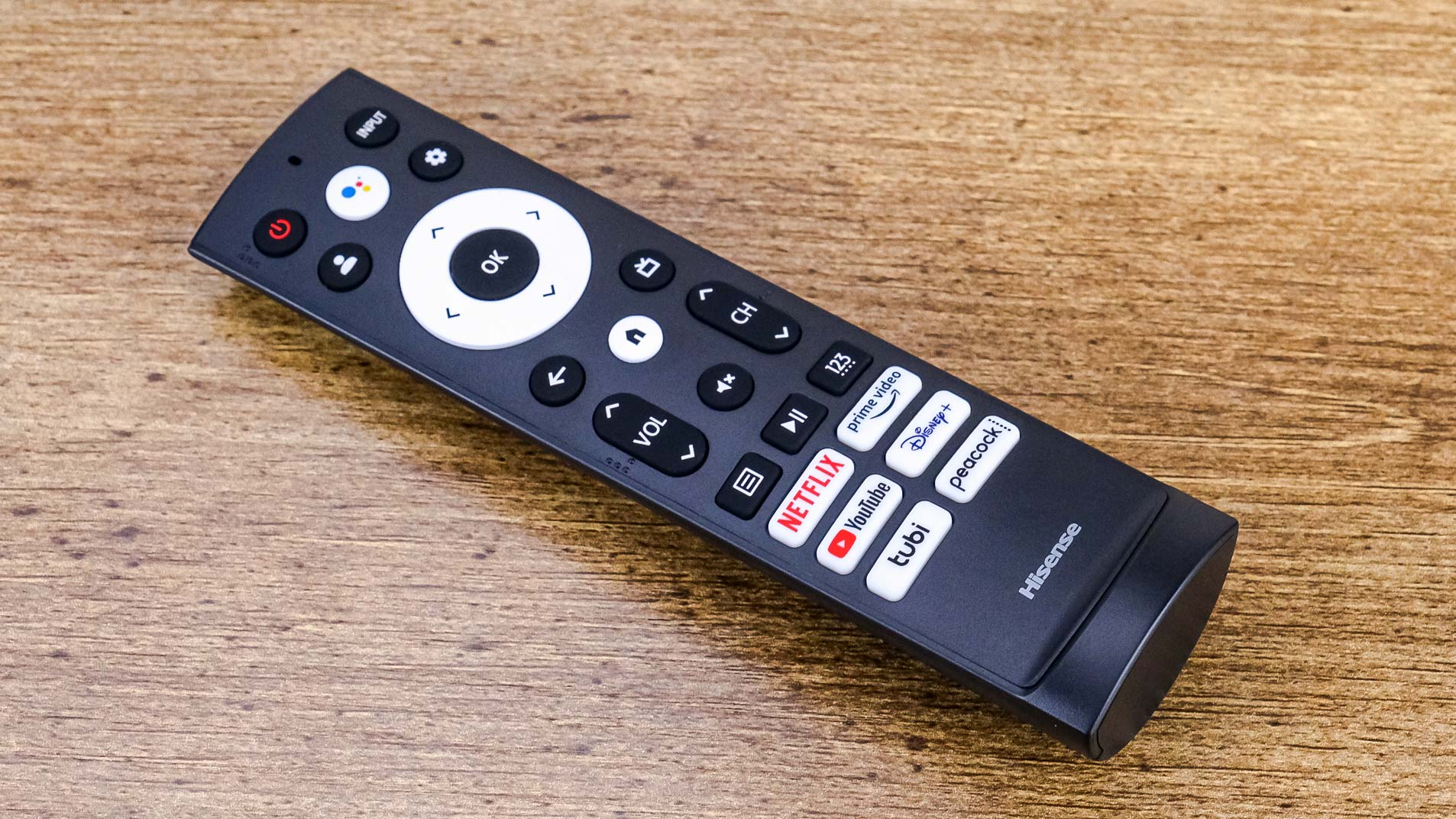
Still, the remote is generally well-designed and very easy to use. It’s built mostly from plastic, and doesn’t offer advanced features, like the Find My Remote feature from Amazon’s new Voice Remote Pro, but it definitely does the job.
Hisense U7H review: Verdict
The Hisense U7H is a killer option in this price range — which is exactly what we’d expect from Hisense at this point. It doesn’t necessarily beat all the competition, like the TCL 6-Series, in all situations, but as a package deal it’s a seriously strong contender — and ultimately, worth buying. That said, if you can stretch for the Hisense U8H you will get a better viewing experience overall.

Christian de Looper is a freelance writer who has covered every facet of consumer tech, including mobile, audio, home theater, computing, gaming, and even car tech. At Tom’s Guide, Christian covers TV and home theater tech, and has reviewed dozens of TVs, soundbars, and A/V receivers, including those from the likes of Samsung, Hisense, TCL, and Vizio.
